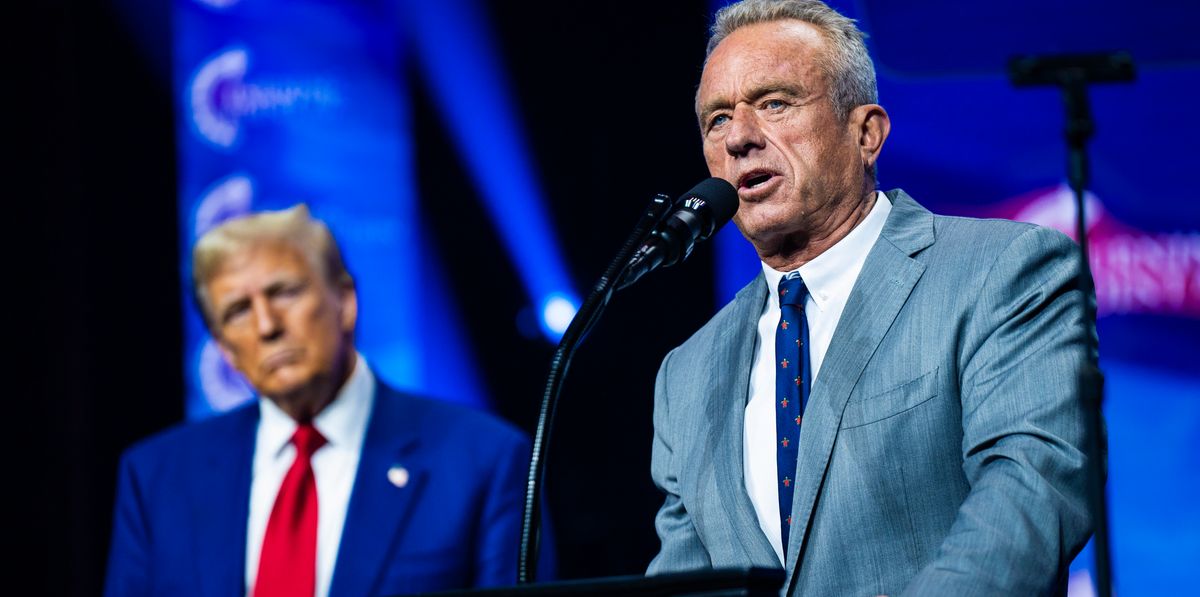Science Under Siege: Trump's Radical Plan to Reshape Federal Research

In a critical moment for public health, the Health and Human Services (HHS) team has unexpectedly halted essential communications and meetings, raising significant concerns among health officials about the potential spread of bird flu. This sudden pause comes at a particularly sensitive time when experts are closely monitoring the evolving bird flu situation and its potential implications for public health.
The timing of these communication disruptions could not be more precarious. With mounting concerns about the bird flu's transmission and potential impact, the suspension of critical discussions and information sharing threatens to create a dangerous information gap precisely when coordination and swift action are most needed.
Public health experts are increasingly worried about the potential risks, emphasizing the importance of continuous communication and proactive monitoring during such uncertain times. The HHS team's current communication pause could potentially hinder rapid response efforts and compromise the ability to track and mitigate potential bird flu outbreaks.

